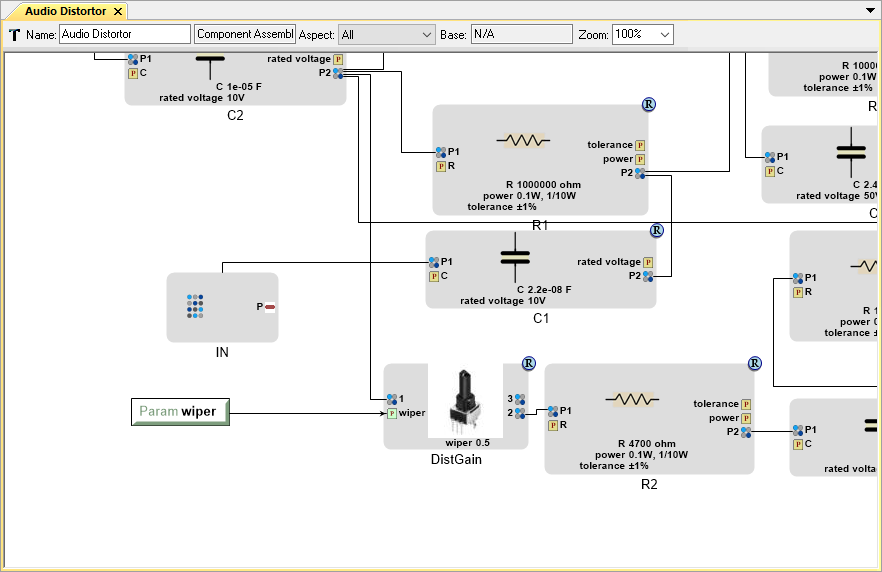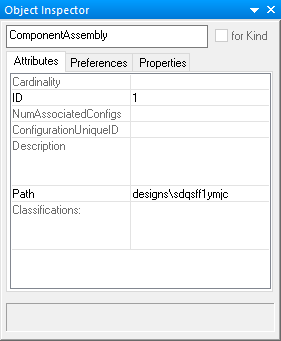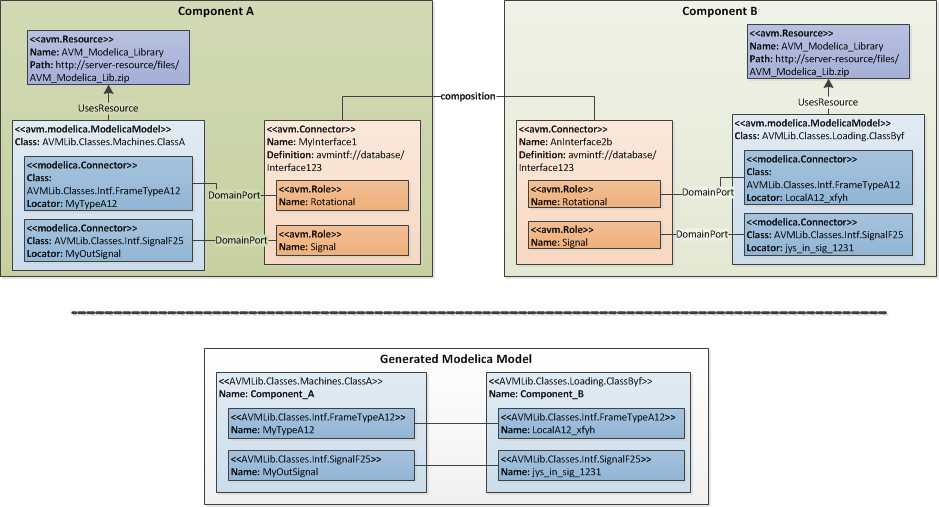Component Assemblies¶
The first step in designing a system in OpenMETA is creating a model of the system. A model is defined as an abstract representation of the design. A model is abstract if it does not contain all details about the system, but contains sufficient detail to express design choices with a minimal amount of effort. This level of detail is controlled by the designer, allowing a rapid definition of conceptual designs, with addition of detail as the design is refined. The OpenMETA Language has been designed to strike a compromise between the conceptual and detailed models. These compromises will be clarified as we review the language and tools.
OpenMETA emphasizes a component-based design methodology. Therefore, following the previous section’s discussion of the modeling of a component, we will describe component connectivity, testing models, and design spaces.
Component Assembly Semantics¶
Component Assemblies are used to model systems and subsystems. Component Assemblies define which components are part of a given system and how they are integrated together to serve a common purpose. For example, the subsystem could produce torque to create acceleration of a vehicle, or it could produce air flow to cool a heat exchanger.
What’s Inside a Component Assembly Model?¶
Syntactically, Component Assemblies are virtually identical to Components. They can contain Properties, Parameters, various Domain-Specific Ports, and even Domain-Specific Models. The latter is especially important when the behavior of an assembly is difficult or impossible to decompose into its constituent components.

Component Assembly Representing the Distortion Circuit of a Guitar Preamp
In OpenMETA projects, component assemblies are generally built by creating references to one or more components and then creating relationships between their interfaces by means of connections between their exposed ports. Assemblies may be nested – that is, assemblies may contain other assemblies; this allows us to model systems of systems.
Resources¶
Unlike Components which store their resources in the results\ folder,
Component Assemblies store their resources in a unique directory in the
designs\ folder as you can see below:

Component Composition¶
Components are designed to be composed with other components via their Connectors. When two component connectors are composed, then their corresponding Role elements are also matched, and the DomainPorts so mapped will be connected together in a generated domain model.
In the example shown below, two components each have embedded Domain Models of type ModelicaModel. They also each feature Connector objects that share a common definition. The role objects within each connector instance are mapped to the Modelica connectors of each component’s Modelica model. In the generated Modelica model, the corresponding Modelica class representing each component is instantiated, and their connectors are joined by following the chain from the source OpenMETA composition.

Example of Composition